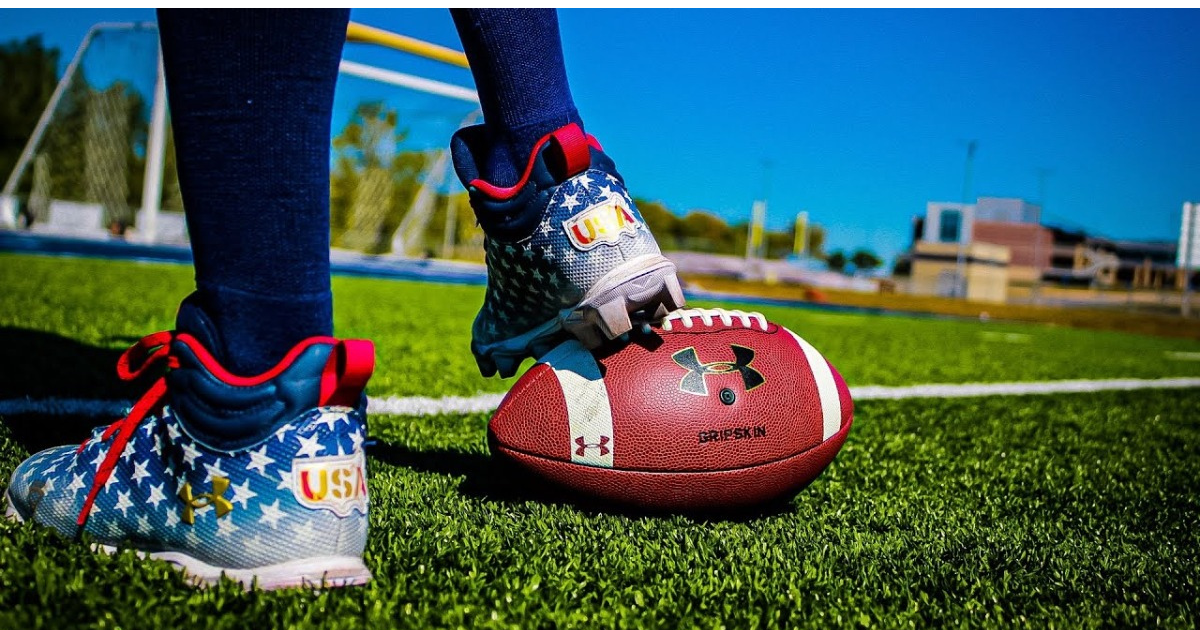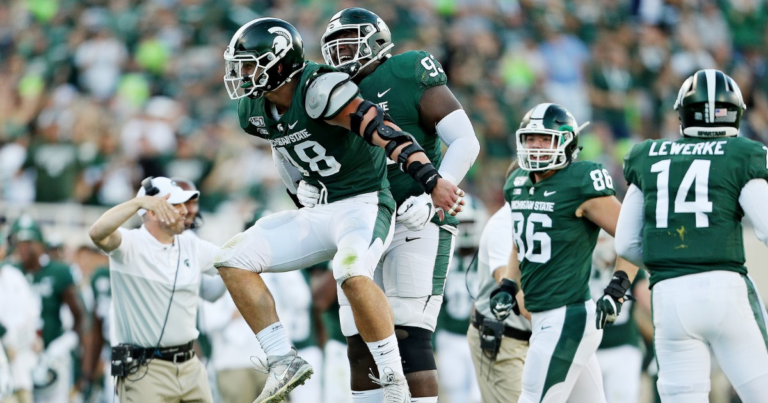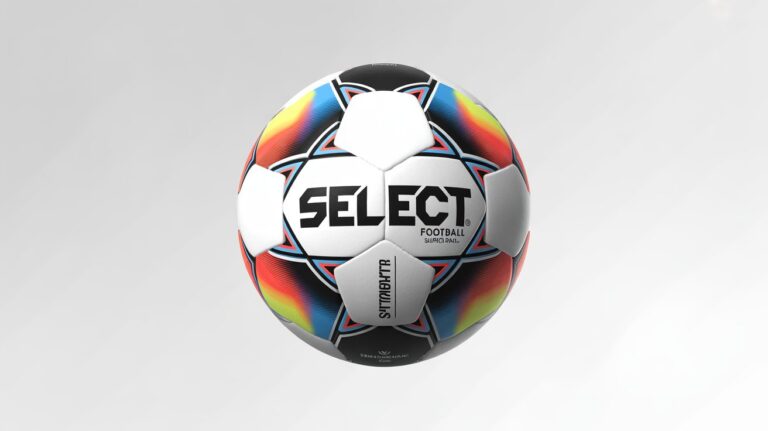How To Start A Youth Flag Football League
Imagine this: a few neighbourhood kids tossing a football in the park, parents watching and cheering, turning into a Sunday morning league with uniforms, schedules, and real rivalries. That’s how many leagues begin with a spark of energy.
You might wonder: Where do I even begin The truth is, launching a youth flag football league is totally doable with planning, community support, and good systems. I’ll walk you through each step from vision to the first kickoff with tips the older guides often leave out.
1. Define Your Purpose & Vision
Before you rent fields or buy flags, get clear on your why.
- Mission: What do you want Fun, skill development, community, or competition
- Age groups: Will you do 5–7, 8–10, 11–13, etc.? Co‑ed or separate
- Level: Recreational, development, competitive
- Season timing: Spring, fall, year round (Weather matters)
- Geographic reach: Just one neighbourhood Whole city Multiple towns
Having clarity helps avoid confusion later especially for coaches, parents, field rentals, and marketing.
2. Create a Budget & Funding Plan
Many guides mention costs, but they often skip the hidden ones. Here’s a fuller checklist plus funding ideas.
Key Costs to Plan For
| Item | Estimate Range | Notes / Hidden Costs |
| Field rental / permits | Moderate to high | Some fields need lights, janitorial, staff |
| Liability insurance | Moderate | Required for youth sports (injuries, claims) |
| Equipment | Low to moderate | Flags, cones, footballs, first aid, whistles |
| Uniforms / kits | Moderate | Jerseys, shorts, socks |
| Referees / officials | Moderate | Pay per game, travel costs |
| Marketing & web tools | Low to moderate | Ads, registration software, fliers |
| Administrative / office | Low | Printing, communication costs |
| Contingency / reserves | 10‑20% | Weather delays, extra referees, repairs |
* These ranges depend heavily on your country, region, and scale.
Funding / Income Ideas
- Registration fees (tiered by age)
- Sponsorship from local businesses
- Grants from sports bodies or local govt
- Merchandise / apparel sales
- Concession / snacks on game days
- Partnerships with local schools/churches
Tip: Always keep a reserve fund (15–20%) for unexpected costs.
3. Legal & Risk Management
Many leagues gloss over this but it’s crucial.
- Waivers and consent forms: Every player must sign one (or parent, if minor). Clearly state risks.
- Insurance: General liability and medical coverage.
- Field use permits / agreements: Local park boards, schools will often require contracts.
- Safety protocols: Medical kits, emergency contact info, trained first-aid person on site.
- Background checks for coaches / volunteers: Protect kids and build trust.
Having this in place gives you legitimacy and protects everyone involved.
4. Secure Fields & Facilities
A weak field plan ruins experience. Many guides mention rent fields, but here’s more on making it work.
- Scout multiple venues (school fields, parks, private sports complexes).
- Check lighting, drainage, parking, restrooms, seating.
- Understand blackout dates (school sports, events).
- Negotiate long‑term deals (e.g. multi‑season lease) or partnerships.
- Mark lines, set up goal zones.
- If weather is bad, have backup (e.g. indoor gym or alternate location).
Tip: Visit the field during intended game times to see sunlight, shadows, wind direction, etc.
5. Format, Rules, & Game Structure
This is a frequent gap: many guides just list pick rules. Better is to adapt to your audience.
Choosing the Format
- Team size: 5v5, 6v6, 7v7 are common. For younger kids, smaller numbers help.
- Game length: Two halves (e.g. 20 min) or four quarters.
- Substitution rules: Free subs At quarter breaks
- Divisions: By age or by skill.
- Rules for flag pulling, boundaries, penalties: Standard ones exist, but customize for safety and fairness.
Documenting Rules
Create a printed / digital league rule book (age group rules, play clock, scoring, etc.) and share with coaches, parents, referees.
Tip: Include clear examples of what is / isn’t allowed (e.g., diving for flags, blocking) so disputes are minimised.
6. Recruitment & Registration
This is where many plans stumble. Getting enough players and teams is critical.
Marketing Strategies
- Social media: local groups, school pages, community pages
- Flyers in schools, community centres, malls
- Word of mouth: have early signups bring friends
- Demo days or free clinic to attract interest
- Local media: small newspapers or radio
Registration Setup
- Use online registration tools (so you don’t chase checks).
- Collect phone, email, age, shirt size, emergency contact.
- Offer early-bird discounts or sibling discounts.
- Cap when full, don’t over-commit fields.
- Hold a tryout / evaluation day if necessary (for balanced teams).
One coach said using stations during tryouts works well so it’s fun and efficient.
7. Hiring & Training Coaches & Staff
Your league’s quality depends heavily on your coaches.
- Seek volunteers or part-time paid coaches.
- Require basic training (safety, first aid, coaching fundamentals).
- Hold orientation before season starts.
- Provide basic playbooks or drills.
- Mentor new coaches; pair them with experienced ones.
- Encourage coach feedback and continuous improvement.
8. Scheduling & Logistics
This is where a lot of things go wrong if unplanned.
- Create a master schedule: practice times, game days, bye weeks.
- Use scheduling software or apps (to avoid conflicts).
- Communicate schedules early.
- Plan for delays (weather, cancellations).
- Lay out who sets up, who carries equipment, who lines fields.
- Decide when teams rotate, when playoffs begin (if any).
9. Season Launch & Management
Once you start games, your job shifts towards execution.
- Opening day: effect a warm welcome, opening ceremony, meet coaches/players.
- Game-day operations: field prep, referee arrival, score keeping, first aid station.
- Communication: weekly newsletters, reminders, social posts.
- Issue resolution: have someone handle conflicts (scores, rules, discipline).
- Progress tracking: injuries, attendance, feedback.
10. Measuring Success & Growing
Don’t just run the league make it better.
- Collect feedback from players, parents, coaches.
- Track metrics: retention, new signups, attendance, finances.
- Run mini events or all-star games.
- Introduce skill clinics / camps in off-season.
- Expand to new age groups or divisions.
- Apply for sponsorship / grants.
- Use social media and storytelling (photos, video) to promote the league.
Real-Life Example (Mini Case)
A friend started a small 6–10 age league in a town of 15,000. They:
- Partnered with a school to use their unused field on weekends.
- Charged a modest fee plus got local pizza shops to sponsor jerseys.
- Recruited high school students as assistant coaches (for extra help).
- Ran a free demo day to get interested kids to try once before signing.
- Used a simple app to schedule, send reminders, track rosters.
In year 2, the league doubled in size and began running two seasons per year. The success came from keeping things simple, listening to feedback, and not overextending too early.
Common Challenges & How to Avoid Them
- Low registration: Start marketing early; run free clinics; partner with schools.
- Coach no‑shows: Always have backups; train multiple assistants.
- Equipment shortage: Buy a buffer quantity; partner for shared gear.
- Scheduling conflicts: Block out key days early; adjust early rather than late.
- Weather cancellations: Build buffer weeks, have policies in writing.
- Unbalanced teams: Use evaluation days; rotate players; adjust rules if blowouts happen.
FAQs
How many players should be on a youth flag team roster
Often 8 to 12 players for a 5v5 or 7v7 format. Enough for substitutes but not too many to reduce playing time.
At what age can kids join
Many leagues start at ages 5 or 6. You can set up divisions (e.g. 5‑7, 8‑10, 11‑13).
What equipment do I need
Basic: flags, cones, footballs, whistles, first aid kits, jerseys or pinnies, field markers.
Do I need insurance
Yes liability and medical coverage is almost always required for youth sports.
How do I balance teams of different skill levels
Evaluation day, mixing players, rotating play time, and rule adjustments help keep games fair and fun.
Summary & Next Steps
Starting a youth flag football league is like building a small community. You need clarity of purpose, solid planning, legal safeguards, reliable venues, passionate coaches, strong marketing, and constant improvement.
If you follow the steps above from vision, budgeting, legal, field, rules, recruitment, operations, to growth you’ll be ahead of many guides out there.
Next steps for you:
- Draft your mission, age groups, and tentative season.
- Scout 2‑3 possible fields.
- Create a draft budget and funding plan.
- Begin outreach flyers, schools, community centres even before full details are locked.
Let me know your city or region (so I can suggest local resources), and I can tailor a sample league plan for you.







